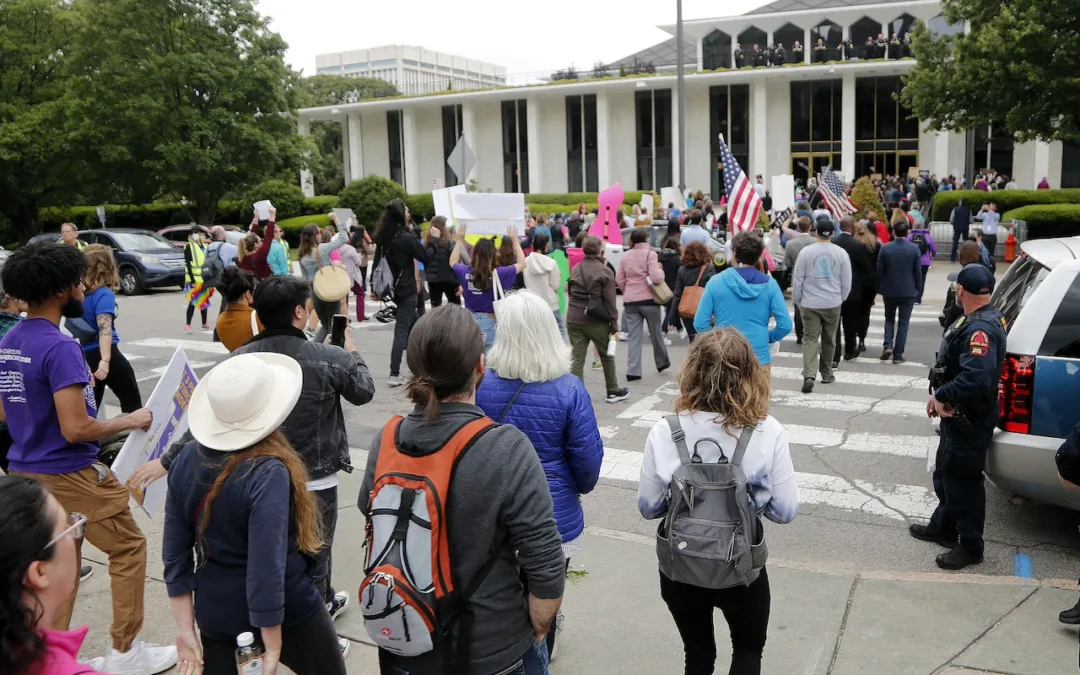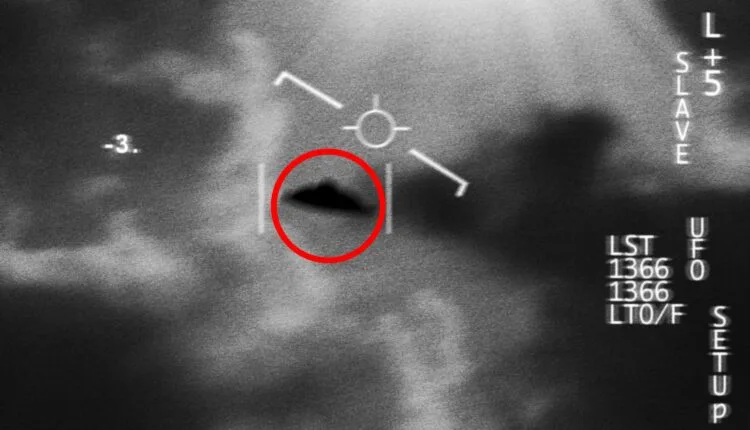
It would have cost $50 million to repair the wildly popular aviary, where 93 birds flew free. (Photo: North Carolina Zoo)
The permanent closing of the zoo’s aviary habitat left staff with a heck of a puzzle: What do you do with all the birds?
Hurricanes are simple, says Debbie Zombeck, the curator of birds at the North Carolina Zoo.
Sure, the high winds, heavy rains, and flooding are a threat to the nearly 100 birds under her care, but there’s a ready plan, tried and tested with yearly experience. Plus, if things get too intense, Zombeck explains, she could always move the birds from their grand aviary to temporary locations inside the breeding center.
Or, as a zoo in Miami did once, she could herd all the flamingos into the men’s bathroom.
But hurricanes are a temporary disruption for the zoo’s indoor aviary, a wildly popular attraction for the last 40 years.
Not all disruptions have such happy endings.
The zoo announced in April that the aviary, which opened to wide acclaim in the early 1980s, needed extensive repairs that would cost $50 million. The only real option, zoo officials said, was to tear it down.
The permanent closing of the aviary left zoo lovers broken-hearted across North Carolina, including Zombeck and the zookeepers themselves. But it also left zoo staff with a heck of a puzzle.
What do you do with the thrilling and exotic birds of a doomed aviary?
This time, a restroom wasn’t going to cut it.
‘Heart-Wrenching’
North Carolina is a bird-lovers paradise, and the zoo’s aviary, where birds flew free over tropical plants and trees, was madly popular. They called to each other and other species as they fed, nested, and raised their young all under the watchful eye of an adoring public.
Shutting it down was a “heart-wrenching decision,” Pat Simmons, the zoo’s director, said in a press release announcing the closure.
But there was really no choice, Zombeck said.
Many of the birds that lived in the aviary are native to tropical climes, and recreating those conditions can be hard on windows, paneling, and joints. Those 40 years left their mark.
“As most people know who’ve walked through [the aviary], it’s very hot and humid,” Zombeck said, “and that humidity can really take a toll on infrastructure.”
There had been long-standing problems with the paneling and other parts of the structure, she said, and when engineers conducted a thorough inspection early this year, they told her the problems made renovation unviable.
“There’s no way we could have opened it again,” Zombeck said.
A ‘Huge Undertaking’
Finding the birds a new space would not be like calling a moving truck and loading all your life out of a house in one day.
“You just can’t move everybody at the same time,” Zombeck said. “It’s a huge undertaking.”
By the time the aviary closed, 93 birds across 33 species called it home. There was the crested cuoa, a fan favorite, who outside of zoos can be found only in Madagascar and can be a bit “secretive,” Zombeck says.
There were mouse birds, sun-bitterns and whistling ducks, victoria-crowned pigeons, white-winged ibises, and white-crested laughing thrushes, “beautiful” and vocal birds.
There was also a worm-eating warbler, a blue faced honeyeater, and Pekin robins, one of Zombeck’s particular expertises, a “curious and social” bird, she said, that liked to get close to the patrons to see just what was going on.
Unique birds had unique needs. But there was a plan.
Some birds were too old to move, and the crested cuoa, worm-eating warbler, honey eater, and a few others were moved to the zoo’s desert habitat, which despite its seeming clash with the tropical aviary, still fit their moods well.
“Pretty much everybody else would need to be moved to another zoo,” she said.
Zombeck often works with other zoos around the country to bring new birds in for breeding, and send the offspring of that breeding to other zoos, she said. It’s all part of the zoo ecosystem, and part of building a healthy environment for the animals and preserving vulnerable species.
“We do this all the time,” Zombeck said.
That doesn’t make it any easier.
Even when a zoo agrees to take a certain bird, the to-do list is long. NC Zoo staff have to consult with the other zoo’s head veterinarian to see what screenings or medical testing is required, and they have to send the birds to their own vets to do that testing.
The clock was ticking.
“Spring is a busy time to move birds,” she said, but by July it gets too hot to do so safely.
But before they could test the birds, let them adjust and send them to their new homes, they had to catch them.
‘That’s Why the Process Cannot Happen Really Fast’
Zoo staff catch the birds using the same black mesh cages they use to feed them. It helps that they trust their keepers and routines.
The birds go into the cages as normal, and a zookeeper off to the side pulls a string connected to the rolled up mesh door. The door comes down. Done.
“That’s why the process cannot happen really fast,” Zombeck said, because all these interesting, curious, and social birds just watched what happened. Whether white-crested, victoria-crowned, or honey-eating, they’re not stupid.
“The other birds are seeing this and saying, ‘I’m not going in there for awhile,’” Zombeck said.
As of June, Zombeck found new zoos for 56 birds. Thirty are still living in the aviary. It is now July, and the shipping may have to slow down.
No Chance to Say Goodbye
The aviary was closed for a different reason when the announcement came that it would never reopen: The Avian Flu.
While there were no reported cases at the zoo, Zombeck said, the flu had torn through wild bird populations in North Carolina and caused poultry farms to euthanize thousands of chickens and turkeys.
Zoo officials closed the aviary in January as a precaution.
The flu and the needed repairs together meant that both patrons and staff never got to say goodbye.
“It’s hard on me, but it’s much harder on my staff, because they are working with the birds on a daily basis,” Zombeck said, often “watching breeding pairs come together and lay eggs and rear chicks.”
“In some cases, they’ve been caring for them 10 years or so,”
She added: “You just have so much respect for these animals.”
The aviary was “such a great environment” she said, “and served as the perfect place to talk to guests about birds and maintain their passion for these animals.”
She understands the public’s sadness.
“I think that may be even harder on our guests,” she said. “They’re never going to get to go in there again.”
Politics

New Biden rule protects privacy of women seeking abortions
Under the new rules, state officials and law enforcement cannot obtain medical records related to lawful reproductive health care with the goal of...

How North Carolina’s legislative session could affect you
After a six-month break, the General Assembly returns for a new session on Wednesday, April 24. Though this round is expected to be relatively...
Local News

The 5 most believable UFO sightings ever reported in North Carolina
Read about five alien encounters that may forever remain unexplained. When you think of the most common places where you might hear a UFO sighting...

Good News Friday: It’s a good day to be a fan of the NC State Wolfpack
The men's and women's teams will compete for a national championship in college basketball this weekend. Plus: How to watch the solar eclipse, and...





